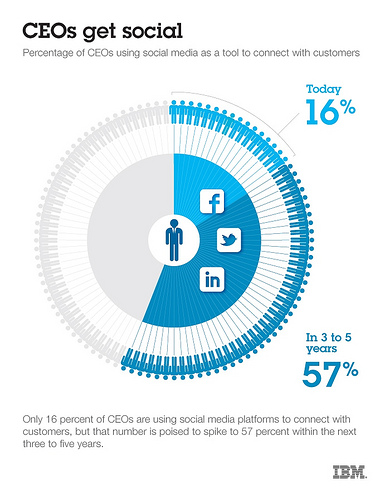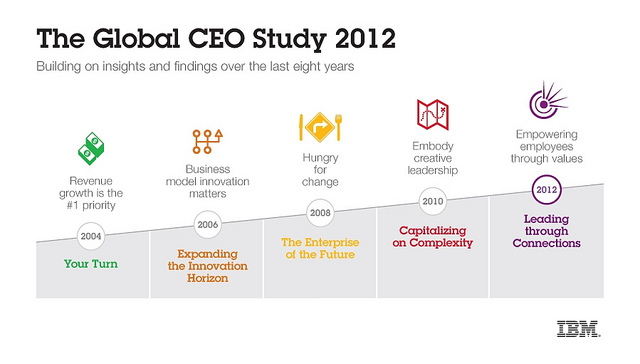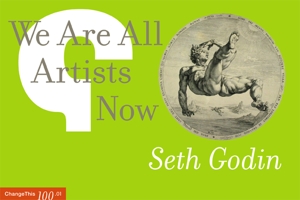In the Industrial Age, the typical manufacturing worker had to be compliant. Follow orders. In the Collaborative Age, where creativity matters as a key competitive advantage, using the same approach leads to disaster.

One of the best examples I got about the spirit of the Industrial Age comes from a plant project in a remote areas. It is important to employ locals – who had until then been only in the Agricultural Age. The key initiation for the new recruits is a paramilitary boot camp. Why? Because it trains for compliance, obedience, rigor, timeliness, self-maintenance… everything that you would expect from an Industrial Age worker. Thus the transition from the Agricultural Age to the Industrial Age is about imparting compliance. That’s exactly what the mandatory public school, after 1850, did to our economies (and still does, which is a problem).
Today, in the Collaborative Age organizations, the key is creativity and difference. In an excellent book “Weird Ideas that Work: How to Build a Creative Company“, Robert Sutton explains clearly why having people that don’t fit in the mold, misfits that don’t obey the organization’s social codes, is a key ingredient of success for creative organizations. Here are some of his weird ideas:
- Hire slow learners of the organizational code and misfits
- Hire people who make you uncomfortable even those you dislike
- Encourage people to ignore and defy superiors and peers
Note exactly what you would expect to happen in a manufacturing organization!
Think about it. We are so much used to the Industrial Age organization that we take for granted that employees should be compliant. That’s true in manufacturing activities where you seek repeated similarity and minimum variation. That’s suicide in the creative organizations of the Collaborative Age.
Which side is your organization? Are you sure you are doing the right thing and not falling off to the comfort zone of the Industrial Age?












